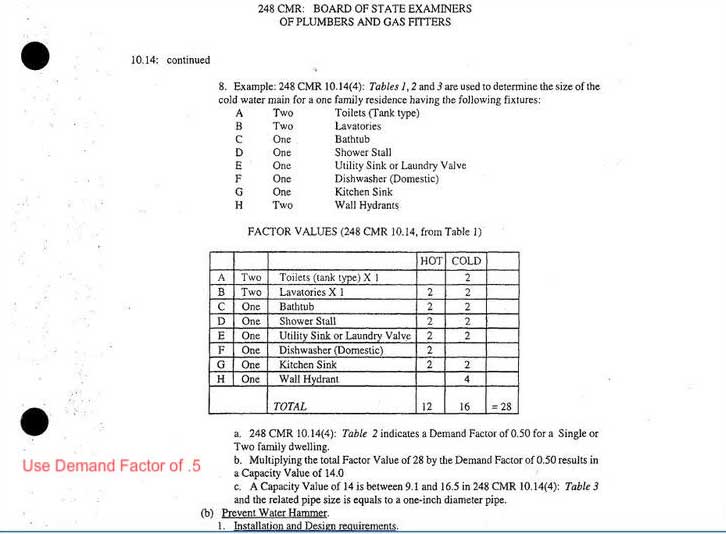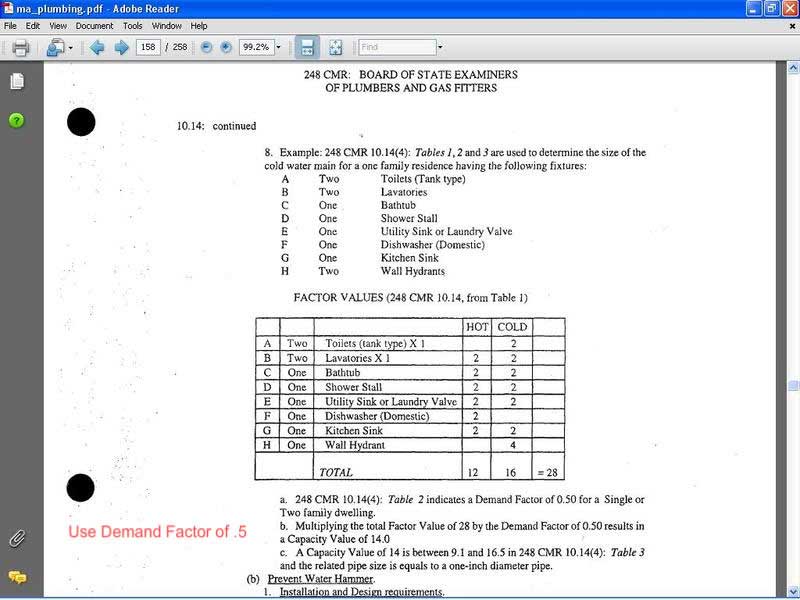Health hazards from a tank type water heater!
http://www.pubmedcentral.nih.gov/articlerender.fcgi?artid=2094925
"
There are two opposing risks when it comes to water temperature inside domestic water heaters; exposure to Legionella, the bacteria responsible for Legionnaires’ disease (pulmonary legionellosis), and the risk of scalding. In 1986, this dilemma was the subject of an editorial in the Canadian Medical Association Journal (1). A few months ago, Safe Kids Canada launched a media campaign aimed at preventing scalding by lowering domestic hot water temperature to 49°C at the tap (2).
Among the means considered to reach this objective, Safe Kids Canada, with the support of some public health organizations, suggests and seems to favour lowering the temperature setting of domestic hot water heaters to 49°C."
"Like other authors (3,4), including the World Health Organization (WHO) who published a recent monograph on the Legionella problem in drinking water (3), we believe that there is evidence for the transmission of legionellosis through the drinking water distribution systems in private homes. This is a serious illness associated with high death rates (up to 12%). Primary groups at risk (the elderly, smokers, the immunocompromised and patients suffering from chronic respiratory illnesses), are groups who include a large proportion of the population at home.
Although we support prevention against tap water scalds, we are against setting water heater thermostats at 49°C because we believe this could facilitate proliferation of Legionella inside the tank and increase the risk of legionellosis."
More of the same here:
http://customer.honeywell.com/Water...revention/Legionella+in+Your+Home/Problem.htm
Key Facts
According to the CDC, Legionella bacteria has a broad range of potential growth. “Legionella bacteria exist in the biofilm on the inside of pipes. Legionella grows rapidly between 77°F and 108°F.†Although it may seem feasible to raise the water temperature to 140°F, this leaves the water in the scald temperature range.†(22)
The International Plumbing Code Section 424.4: states, “Shower and tub/shower combination valves shall be balanced pressure, thermostatic, or a combination of balanced pressure/thermostatic valves that conform to the requirements of ASSE 1016 or CSA B125. Valves shall be equipped with a means to limit the maximum setting of the valve to 120°F, which shall be field adjustable in accordance with the manufacturers’ instructions.†(22)
“When a residential water heater is used, the codes do not limit the temperature to 140F, so it is not uncommon to find water at 160 degrees F.†This temperature will scald a child with third-degree burns in only .25 seconds. (22)
How common is Legionella bacteria in my hot water tank?
“In Quebec, a study of 211 homes (178 electric water heaters, 33 oil or gas water heaters) found Legionella contamination in 40% of electric water heaters. No water heaters using fossil fuels were contaminated. The authors concluded that, because of design variables, use of an electric water heater was the most significant factor leading to Legionella contamination in hot water in the home.†(28)
What are the affects?
Occurrences of Legionellosis have happened while people have been exposed to a infected water source and inhaled contaminated water: cooling towers, whirlpools, bathtubs, showers or even at a steamy faucet. Legionella has been shown to most greatly affect people whose immune system is low. For example in a hospital setting, patients that are most susceptible to Legionella infection include: cancer patients who are in radiation or chemotherapy treatments, organ-transplants, HIV, elderly and surgical patients. Severe Legionnaires’ disease has an overall mortality rate of 10% to 30% (1-3), and 30% to 50% of patients require admission to an intensive care unit (1-4) Additional source: Center for Disease Control and Prevention.


